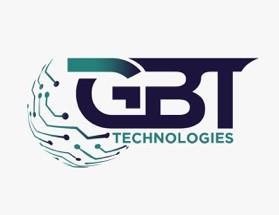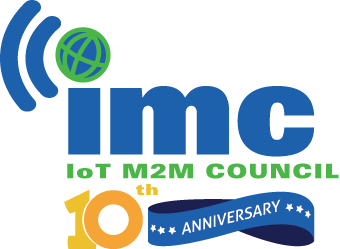GBT to develop Bluetooth Vital Signs Wearable
- January 3, 2022
- William Payne

San Diego based GBT Technologies has begun development of a low energy Bluetooth wearable that can measure vital signs with a touch of the finger. The company plans to design a wearable version in the form of a bracelet or watch. The wearable will incorporate technology the company has already developed for a finger touch device known as qTerm.
The qTerm wearable device plans to have the same features as the finger-touch version plus additional features that can be utilised due to its shape and size. The main wearable advantages are the capability to perform a background vitals check as part of its on-going health monitoring uses. Users will be able to initiate a check-per-demand at any time but the device is planned to conduct its own timely background checks based on user’s health concerns and conditions. In this way even if users forget to take their daily vitals, the device will automatically do so for them, alerting of abnormalities.
The device could be integrated with clinics and hospitals data systems to inform the health care system alerting physicians about concerns even during telemedicine sessions. The wearable device’s hardware is planned to include optical sensors, Low Energy Bluetooth (BLE) radio, and an LCD display, Its plan is to be synchronised with qTerm’s web portal and its mobile application. As with its finger-touch version, the data will be kept on a high security data centre used by an AI program for analysis and on-going monitoring. GBT started to work on the device’s architecture and plans to start its components design in Q1 2022.
“We started the design of qTerm’s wearable version architecture and plan to start the system’s components design in Q1 2022. As wearable health devices are constantly evolving, enabling continuous health monitoring of human vitals, we are taking this technology into a higher level, outfitting it with intelligent capabilities. One of its major planned key advantages is the capability to perform automatic background health measurements during a daily routine, relieving users from conducting on-demand checks, and in case of potential issue detection, the device will alert the user including his/her clinic or physician. This type of feature can be incredibly useful for users that forget to take their vitals at certain times, not aware of a potential health problem. The wearable version of qTerm is planned to be equipped with the same intelligent system to perform on-going health analytics and monitoring. Technically, the wearable device will include similar sensors with radio and mobile technologies, same as the finger version. It could be easily connected to hospitals or clinics data centres, sending the results to a physician’s office during telemedicine sessions. qTerm wearable version will include a web widget and synchronised mobile application. We are now architecting the system’s main components and its data structure. The device is based on multiple advanced technologies, among them are biomedical electronics, with radio software and data science. We envision our qTerm wearable device as an integral part of our personal health watching process, a concept with the purpose of positioning individuals within our healthcare system, managing their own health, working together with care providers to ensure a healthy lifestyle.” Said Danny Rittman the Company’s CTO.





